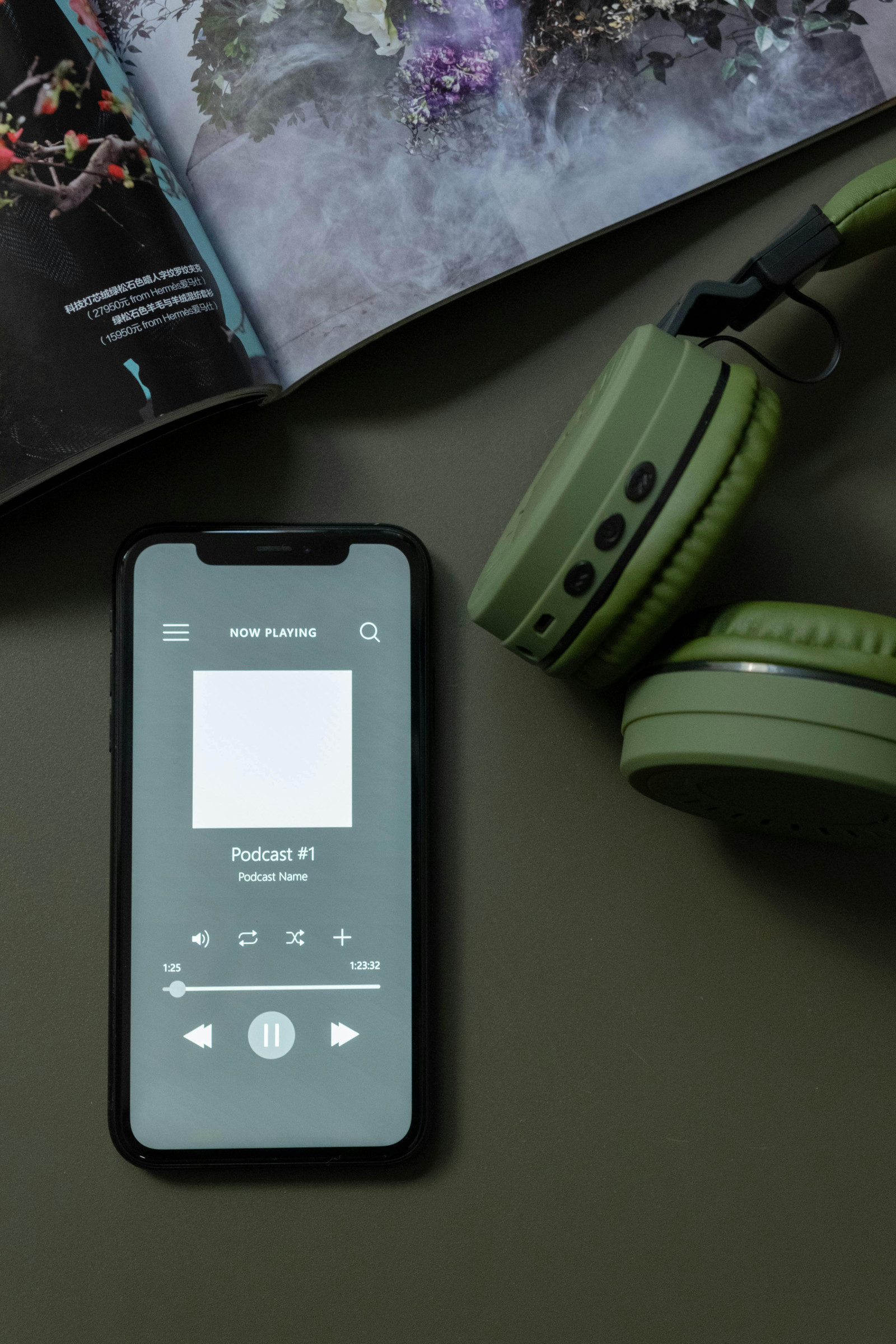Spotify wants to make podcasts a marketing driver for music


Last summer, Variety published an article about the effect Alex Cooper’s Call Her Daddy podcast has on boosting the streams of her musician guests. According to Spotify, Anitta’s streams increased by 155%, Madison Beer’s by 130%, John Legend’s by 200%, and John Mayer’s by 350% after each artist appeared on Cooper’s show.
Despite being the most transparent DSP on the market (at least in terms of publicising music data), Spotify does not make aggregate consumption data readily available to the public. So, when Spotify is willingly providing this type of data to a news outlet, there is likely a strategic reason for doing so. With a new Variety article announcing that Joe Rogan’s podcast boosted guest Gary Clark Jr.’s streams by 500% last month, Spotify is again bringing attention to the benefit that their biggest podcasts bring to big artists.
An untapped marketing vertical
Different audio formats are increasingly accessible on the same platforms but format crossovers are rarer than you would expect, despite the overlap between music and podcast audiences. In February, MIDiA dissected exactly why music and podcast crossovers are few and far between — namely, because of licensing hurdles. Though this explains why we do not hear popular music on podcasts, it does not fully explain why record labels have yet to incorporate podcast ads into digital marketing campaigns.
There are likely a number of reasons podcast advertising has not reached critical mass in the music industry. A lack of education, budget, and resources certainly contribute to minimal use of podcast advertising during an album cycle, but the primary roadblock is the lack of proof of concept. Until record labels see real-world examples of podcasts moving the needle for featured artists, podcast advertising will remain a minimal part of music marketing campaigns. Instead, as the Call Her Daddy lineup reflects, music marketers and publicists have found it more fruitful to secure guest slots on popular shows. Of course, this only benefits the biggest artists — so far, podcasts have been mostly a tool to re-ignite fanbases for established artists, rather than a tool for emerging artist discovery.
Featured Report
MIDiA Research 2026 predictions Change is the constant
Welcome to the 11th edition of MIDiA’s annual predictions report. The world has changed a lot since our inaugural 2016 edition. The core predictions in that report (video will eat the world, messaging apps will accelerate) are now foundational layers of today’s digital economy.
Find out more…Spotify’s proof of concept
2023 was a transitional year for Spotify. Layoffs, podcast cancellations, the introduction of audiobooks, and new music royalty payout thresholds all represent the platform shifting into a new gear in pursuit of profitability. While Spotify’s primary revenue source remains premium subscriptions, growing other revenue streams (e.g., advertising and ecommerce) while cutting operating costs is the surest way to boost profits.
In early February, we covered how Spotify’s high-profile podcast deals fit into their larger business strategy. With exclusivity initially helping to bring in new users, ad revenue sharing with those previously exclusive podcasts means that it is now in Spotify’s best interest for the music industry to see podcasts as marketing drivers for artists. There is also the more mundane reasoning that Spotify may be placating music rightsholders’ concerns that the company is focusing too much on podcasts and audiobooks at the expense of music.
By demonstrating that artists benefit from being featured on a Spotify podcast, it not only encourages more record labels to consider podcast appearances as viable press opportunities, but also entices digital marketing teams to allocate some of their budget toward advertising on those podcasts. In theory, this strategy sends more users to both formats on Spotify while also generating more advertising revenue for the platform. Given that is a win-win scenario, why would Spotify not share its streaming metrics with the press?

The discussion around this post has not yet got started, be the first to add an opinion.